Wannian Temple (simplified Chinese: 万年寺; traditional Chinese: 萬年寺; pinyin: Wànnián Sì; lit. 'Ten Thousand Year Temple') is a Buddhist temple located at the foot of Camel Mountain Range of Mount Emei, in Emeishan City, Sichuan, China. It is one of the six earliest Buddhist temples on Mount Emei. The temple is situated at the foot of Camel Mountain Range, facing the Daping Temple (大坪寺; 'Flat Ground Temple'), Niuxin Temple (牛心寺; 'Cattle Heart Temple'), Shisun Summit (石笋峰; 'Stalagmite Summit') and Bomeng Summit (钵孟峰) in the front. Wannian Temple is known not only for the bronze statue of Samantabhadra, but also for the Beamless Brick Hall.
 The Majestic Hall (巍峨宝殿) at Wannian Temple.East Jin and Tang dynasties
The Majestic Hall (巍峨宝殿) at Wannian Temple.East Jin and Tang dynasties
Wannian Temple was first established by Huichi (慧持) in the East Jin dynasty (266–420), it was called "Puxian Temple" (普贤寺; 'Samantabhadra Temple') originally and changed to "Baishui Temple" (白水寺; 'White Water Temple') when it was reconstructed by Huitong (慧通) in 876 in the 3rd year of Qianfu period of the Tang dynasty (618–907).[1] In the Kaiyuan period (713–741) of Emperor Xuanzong, poet Li Bai stayed in the Pilu Hall (毗卢殿) and wrote many poems while listening to the music played by Guangjun (广浚).[2][3]
Northern Song dynastyIn 980, in the reign of Emperor Taizong in the Northern Song dynasty (960–1127), Maozhen (茂真) restored the temple and cast a bronze statue of Samantabhadra in the temple. The temple was renamed "Baishui Puxian Temple" (白水普贤寺; 'White Water Samantabhadra Temple').[2]
Ming dynastyIn 1535, in the Jiajing era of the Ming dynasty (1368–1644), Biechuan (别传) made three statues of Buddha in the temple. Destroyed by a large fire in the Wanli period (1573–1620), it was rebuilt by monks under the order of Wanli Emperor in 1601. And the Beamless Brick Hall (无梁砖殿) was added to the temple with a plaque inscribed by Wanli Emperor with Chinese characters of "Shengshou Wannian Temple" (圣寿万年寺; 'Temple of Longevity').[1][4]
Qing dynastyIn the fall when Mount Emei enjoys the best weather, the mount is decorated with colorful maple and ginkgo trees reflected on the green water lake. This poetic scenery was called "White Water in the Wind of Fall" (白水秋风) and acclaimed one of the ten best sceneries in Mount Emei by Qing dynasty scholar Tan Zhongyue (谭钟岳).[5]
Republic of ChinaIn 1946, the temple was completely destroyed with only the Beamless Brick Hall remaining.
People's Republic of ChinaAfter the founding of the PRC, the local government rebuilt the temple.
In the 1950s and 1960s, Zhu De, Chen Yi and He Long visited the temple successively. On July 8, 1980, Deng Xiaoping visited the temple and lived one night. In 1983, Wannian Temple was designated as a National Key Buddhist Temple in Han Chinese Area by the State Council of China. In 1986, the Shanmen, Hall of Maitreya, Hall of Pilu and Bore Hall (般若殿) were added to the temple. And the Drum Tower, Bell Tower and corridors were erected in 1991.



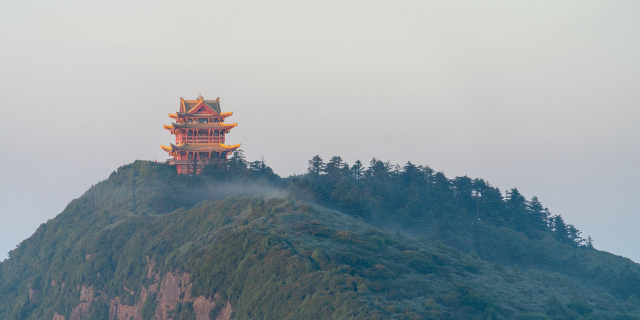






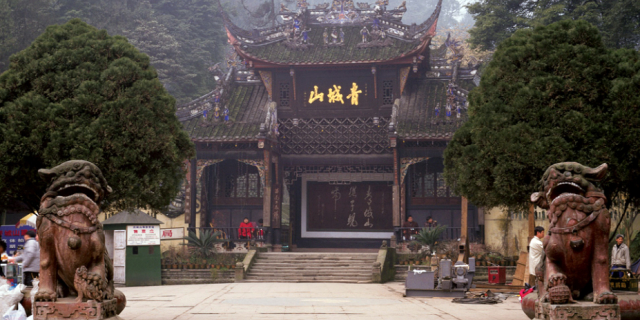








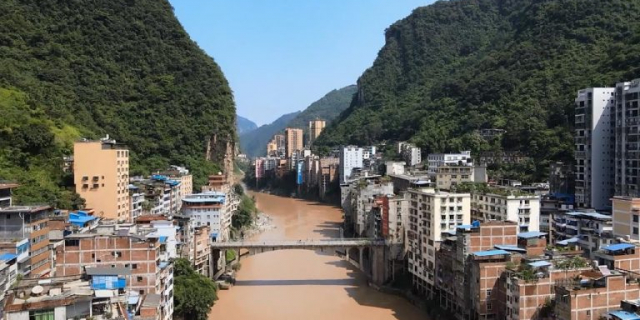


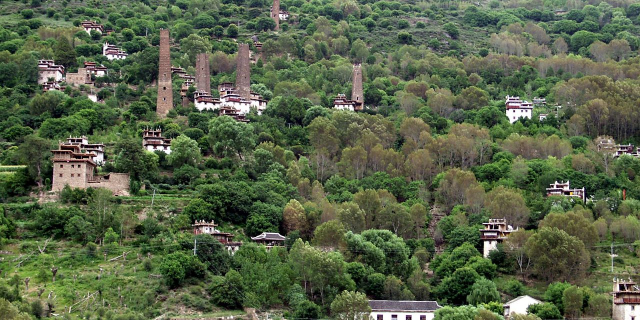
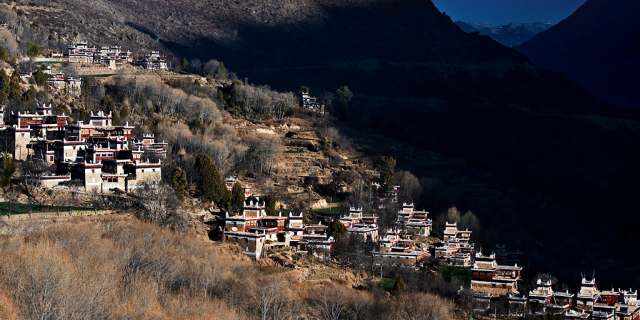








Add new comment